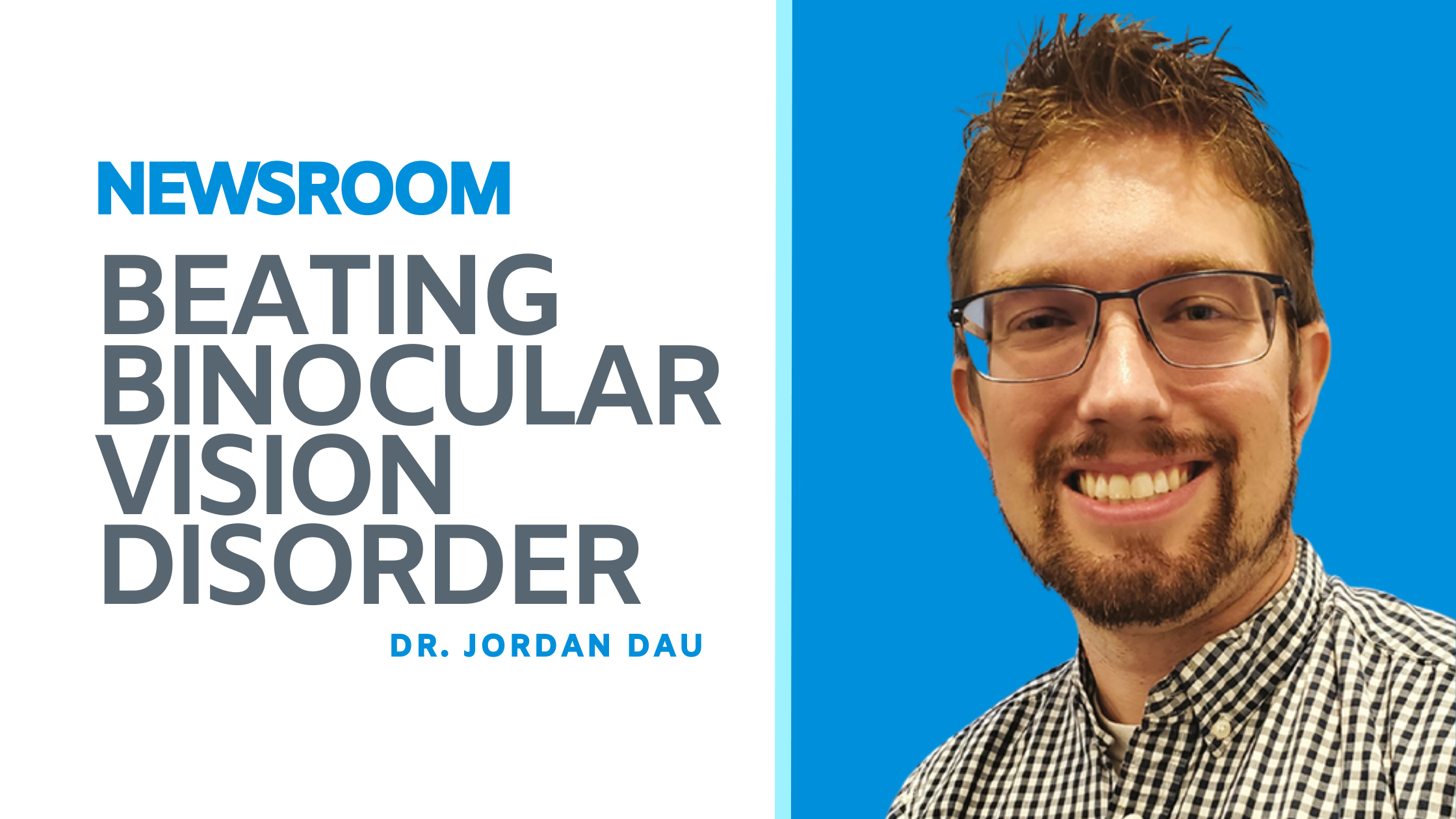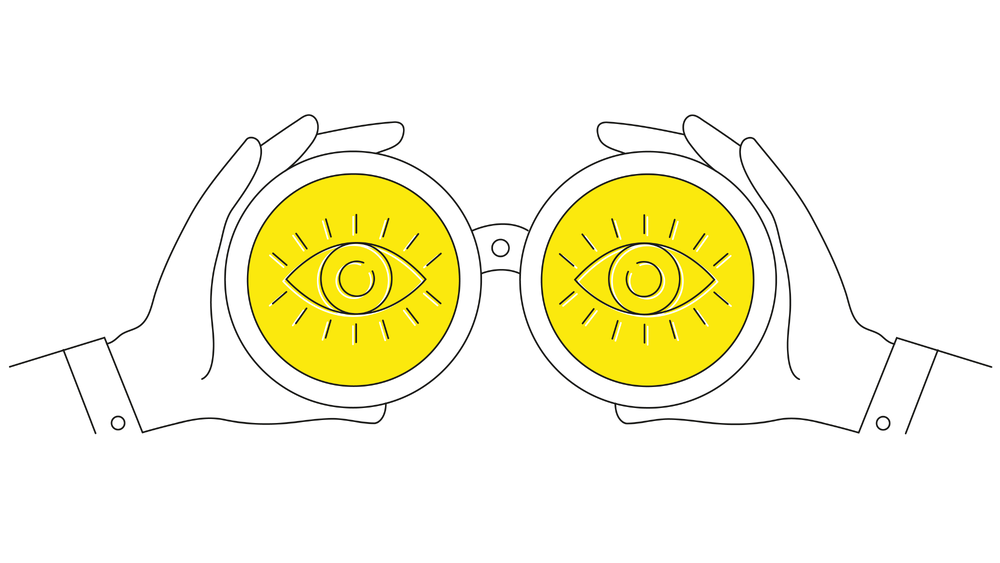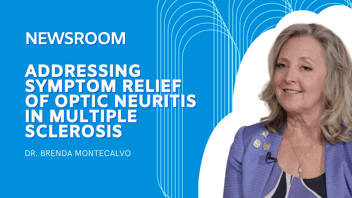When every other test we performed was normal, and even refraction was negligible, we ran our truck driver through the new device and saw a moderate disparity in misalignment from distance to near vision that was not observed in the initial exams. We prescribed a pair of the special glasses – and, though it may sound like a fairy tale, the patient’s symptoms instantly subsided. Suddenly, he was able to do his job, help his kids with their homework, and read to them at night. A few months later, he enrolled in college, and he was able to continue his journey. In short, our recognition of his BVD changed the course of his life.
And this is not an isolated case. We started to see similar improvements again and again. An eight-year-old, who came in for a contact lens prescription so that he could play more sports, was also evaluated for frequent headaches; one special prescription later and his symptoms improved enough for his parents to cancel his pending appointment with a neurologist. A 17-year-old athlete, who had otherwise perfect vision but struggled with daily headaches, was also diagnosed with BVD. With her special prescription, her symptoms improved – as did her academic performance, which helped her win scholarships on top of her athletic achievements.
As a final example, I offer myself. I believe in trying new technology before recommending it to my patients, and so, even though I didn’t have any symptoms (or so I thought), I decided to try Neurolens for myself. About three days into wearing my new glasses, my back stopped hurting. Two days later, the slight headache that I thought I deserved after working on a computer for 12 hours a day also disappeared. I had been living with symptoms that I thought were normal for my entire life, but they ended up being the result of a small misalignment. That’s astonishing.
Normal symptoms are not always normal
Patients blame these “normal” symptoms on allergies, hormones, or a car accident they had six years ago. And they don’t think to mention these seemingly small issues with their optometrist, so how do we identify them?
For whatever reason, patients are more honest and direct in written form than they are to your face. And that’s why all patients over the age of 12 who step into our office now receive a questionnaire to screen for seven symptoms, ranking severity from 1 to 5. When patients mark a severity of 3 or above on any of the symptoms, we screen them for BVD.
As I mentioned, we have actually known about misalignments for many years, but we have been reluctant to treat them – especially as our measurement techniques have been subjective and non-repeatable. In my practice, I simply classified misalignments as small, medium, or large – rarely writing a number – and I only treated large misalignments with standard glasses or by referring the patient for vision therapy. This approach is outdated.
We now have access to technology that allows us to diagnose and treat patients in ways that were not previously possible.
Check out the rest of the article here on The New Optometrist!
https://www.thenewoptometrist.com/features/beating-binocular-vision-disorder




.png?width=352&height=222&name=brfeaturedimage%20(9).png)
.png?width=352&height=222&name=brfeaturedimage%20(5).png)
.png?width=352&height=222&name=MicrosoftTeams-image%20(67).png)
